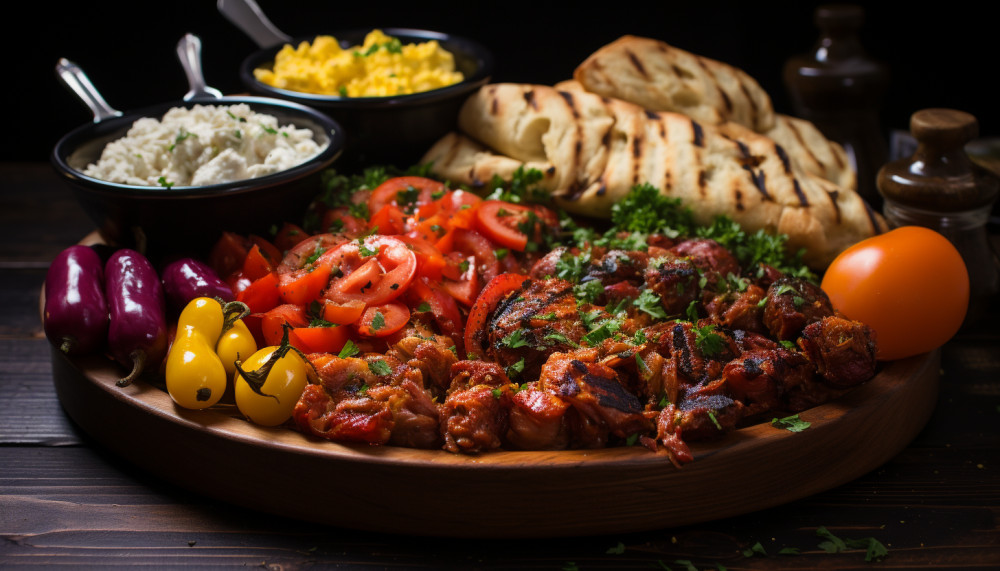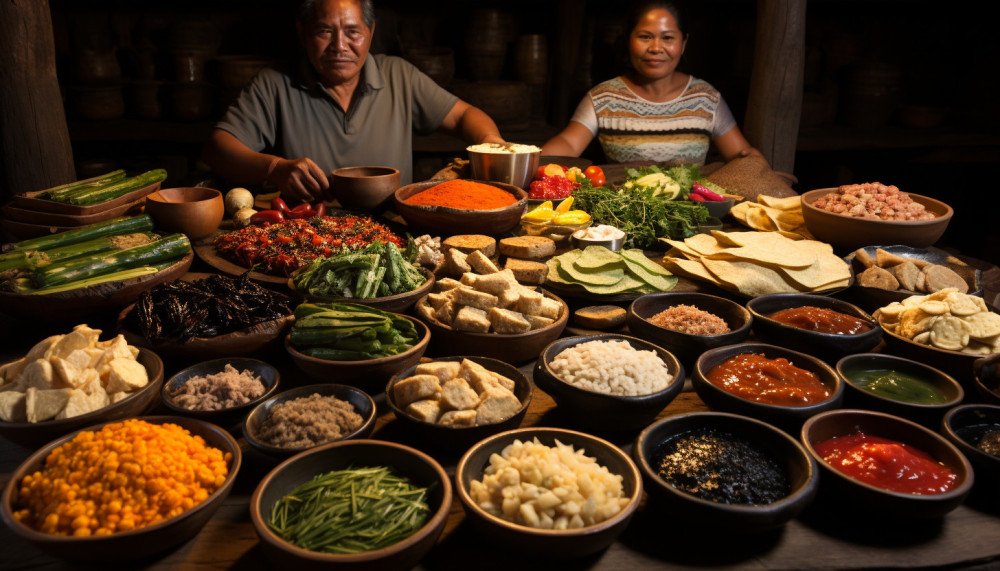Table of contents
Embark on an epicurean adventure as we journey into the heart of ancient Mayan cooking. The essence of this centuries-old cuisine, steeped in history and culture, offers a tantalizing array of flavors that are as vibrant as they are diverse. Through understanding their food preparation techniques and ingredients used, one gains insight not only into the culinary traditions but also their way of life. We invite you to savor traditions passed down through generations and explore how these practices have influenced modern-day cuisines worldwide.
Unveiling the Roots
The roots of Ancient Mayan cooking trace back to the pre-Columbian era when the Mayan civilization was at its peak. The intricacies of their ancient cooking methods and the ingredients used were not just pivotal for survival, but also held immense cultural significance. The Mayans, known for their advanced agriculture techniques, cultivated crops such as corn, beans, squash, and chili peppers which formed the cornerstone of their diet. The art of transforming these humble ingredients into delicious and sustaining meals was more than just a daily necessity; it was a vital part of their cultural identity. Traditional recipes, passed down through generations, held a revered place in Mayan society, serving not just as a means of sustenance, but also as a powerful connection to their ancestry and the divine.
The Quintessential Ingredients
In the realm of genuine Mayan cuisine, one cannot overlook the indispensable role played by the ancient staple crops. As any seasoned culinary expert would acknowledge, respect towards the traditionality of the cuisine is paramount. To adequately understand the heart of Mayan cooking, it is paramount to delve into the significance of certain ingredients - namely, “corn”, “beans”, “squash”, and “chili peppers”. These aren’t just ordinary ingredients but form the backbone of Mayan gastronomy - often colloquially referred to as the ‘Mesoamerican trinity’. These are not just ingredients, they are the pillars upon which every dish rests, shaping the distinctive flavours and textures we associate with this ancient culinary tradition.
Cooking Techniques - A Testament to Ingenuity
Extending the conversation on Ancient Mayan culinary arts, our experienced chef, versed in traditional dishes, delves into the variety of cooking techniques utilized. This exploration transcends the simplistic understanding of grilling over an open flame or cooking in stone ovens, shedding light on the complexity of Mayan cuisine. The use of stone-grinding corn, pit roasting meats, and steaming inside leaves, reveal a deeper, almost spiritual connection to nature and food.
In the realm of terminology, 'pib', the Mayan word for an underground oven, surfaces frequently. This method, often overlooked, was an integral part of regular Mayan cooking routine, demonstrating their ingenuity and resourcefulness. By embracing such techniques, the Mayans ensured their meals were not only nourishing but also full of flavors, a testament to their inventive spirit.
Fusion Cuisine – From Past To Present
Ultimately, the exploration of the historical Mayan cooking techniques and practices provides an enlightening perspective on their profound impact on today's global culinary scene. This impact can be seen in the emergence of 'Modern adaptations' of traditional Mayan methods and ingredients, resulting in the creation of innovative 'fusion dishes'. These dishes successfully integrate unique Mayan flavours into popular recipes from various other cuisines, thus contributing to the 'global influence' of Mayan cooking.
Certainly, the regional cuisine of the Yucatan Peninsula has been particularly instrumental in preserving and promoting the ancient Mayan culinary heritage. Its distinctive blend of native Mayan elements with European and Caribbean influences exemplifies how food has the power to bridge cultures and historical eras. This gives food enthusiasts a chance to taste the echoes of ancient Mayan culture in their modern-day meals, bringing the past to life with every bite.
Celebrating Culinary Heritage
In the final analysis, a skillful writer with a deep understanding of social customs and rituals can shed light on the significance of the ancient Mayan culinary heritage. By incorporating key terms such as "culinary heritage", "ritual feasts", and "sustainable methods", the past and the present can be seamlessly connected. This will offer readers a more holistic view of how religious and communal festivals were traditionally celebrated, highlighting not only the importance of food in these celebrations but also the sustainable methods employed in their preparation and presentation. In this way, the essence and impact of Mayan cooking on today's culinary scene will be deeply explored and appreciated.
Similar














